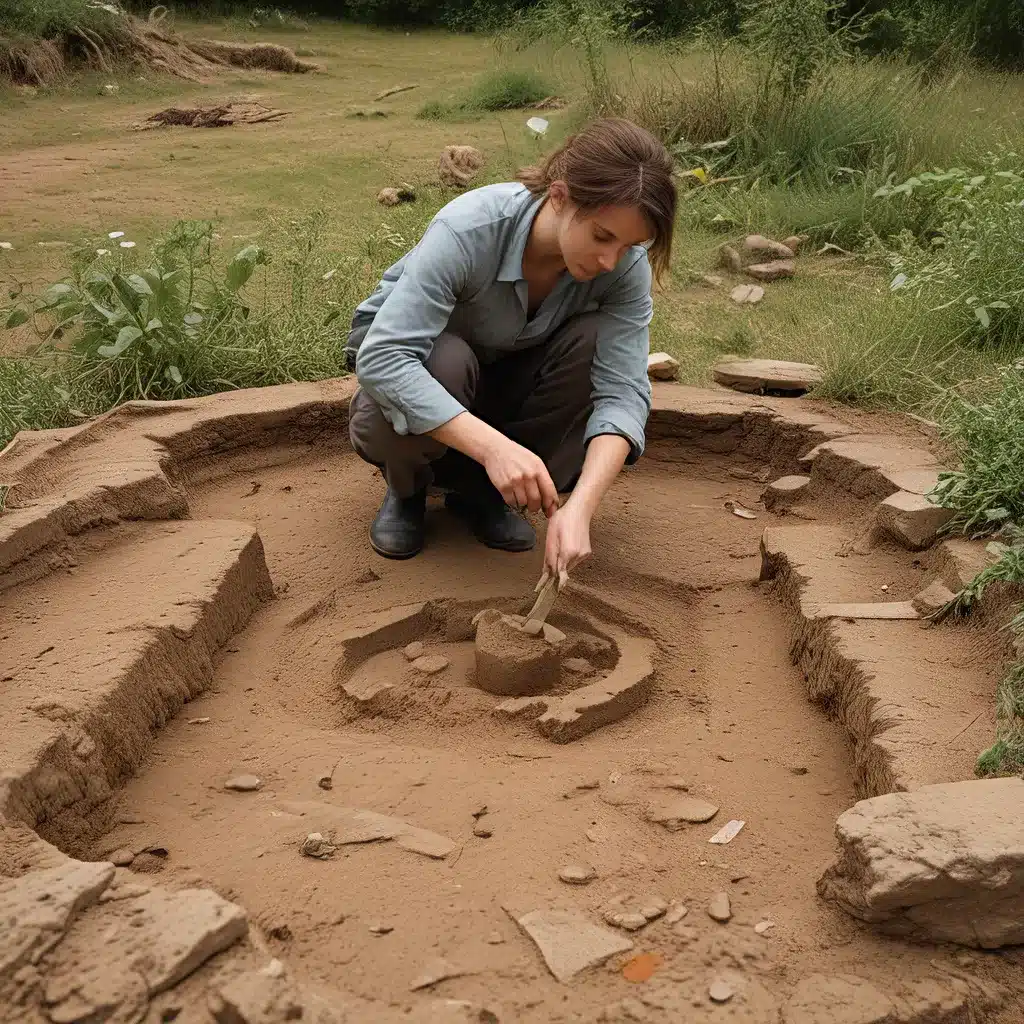
Uncovering the Secrets of the Past: Exploring the Remnants of Ancient Civilizations
In the diverse and captivating world of archaeology, one of the most intriguing aspects is the study of everyday life in ancient societies. While the grand monuments, extravagant tombs, and awe-inspiring temples often capture the public’s imagination, it is the humble, everyday objects that can truly reveal the richness and complexity of past cultures.
Fragments of the Familiar: Piecing Together Ancient Narratives
As archaeologists delve into the ruins of long-forgotten settlements, they uncover a treasure trove of seemingly mundane artifacts – shards of pottery, fragments of tools, and the remnants of ancient structures. These unassuming items, often overlooked by the casual observer, hold the keys to unlocking the secrets of the past. Each shard, each broken piece, is a small but significant clue that, when meticulously pieced together, can paint a vivid picture of the daily lives, traditions, and social dynamics of these ancient civilizations.
Take, for example, the recent excavations at the ancient Greek site of Iklaina. Researchers have uncovered a wealth of pottery shards and other everyday items that provide a glimpse into the lives of the inhabitants. From the intricate designs on the pottery to the evidence of everyday activities, these fragments offer a tangible connection to the people who once lived and thrived in this ancient community.
Similarly, the Paleo Angola Project has made remarkable strides in uncovering the fossils of ancient sea creatures, such as mosasaurs, plesiosaurs, and sea turtles, that once dominated the waters off the coast of Africa during the Cretaceous period. These fossil discoveries not only shed light on the diverse marine ecosystems of the past but also reveal insights into the behavior and evolutionary adaptations of these extraordinary creatures.
Decoding the Past: The Art of Reconstructing Ancient Narratives
The process of reconstructing ancient narratives from these fragmented artifacts is a delicate and meticulous task, requiring the expertise of dedicated archaeologists and historians. As they carefully examine each shard, they seek to uncover the stories hidden within – the cultural traditions, technological advancements, and social practices that defined these civilizations.
One of the most fascinating aspects of this process is the ability to reassemble these shards, even those from different objects, to form a more comprehensive picture of the past. Much like piecing together a complex jigsaw puzzle, this endeavor reveals a richer, more detailed narrative that connects disparate elements and offers a deeper understanding of the cultural and historical contexts.
The symbols, images, and intricate patterns found on these ancient artifacts hold immense significance, often serving as a direct link to the artistic styles, beliefs, and values of their creators. Even the smallest fragment can provide invaluable insights, inspiring researchers to infer the broader stories and connections that once defined these ancient civilizations.
Bridging the Gap: Connecting the Past to the Present
As we delve into the remnants of ancient everyday life, it is remarkable to consider the enduring legacy of these humble artifacts. Just as the fragments of ancient Greek pottery and statues continue to captivate and inspire us today, the objects we create in the present may one day be discovered and marveled at by future generations.
This notion of a timeless dialogue between the past and the present is a powerful one, encouraging us to reflect on the ways in which our own creative expressions and daily lives might be interpreted and understood by future archaeologists. What messages are we embedding in our work, and how might the materials and methods we use reflect the values and technologies of our time?
By embracing this perspective, we can gain a deeper appreciation for the enduring impact of our actions and the lasting imprint we leave on the world around us. Just as the ancient Greeks left behind a rich tapestry of cultural artifacts, our contemporary artworks, everyday objects, and digital imprints may one day serve as tangible connections to our present, helping future historians and enthusiasts understand the themes, materials, and techniques that define our era.
Uncovering the Extraordinary in the Ordinary
As we continue to explore the remnants of ancient everyday life, we are reminded of the extraordinary power of the ordinary. These humble, seemingly unremarkable artifacts hold the keys to unlocking the secrets of the past, revealing the rich tapestry of human civilization and the enduring legacy of our shared experiences.
Through the meticulous work of archaeologists and historians, we can uncover the stories that lie within these fragmented remnants, piecing together a more comprehensive understanding of the lives, cultures, and traditions that have shaped the course of human history. Whether it’s the discovery of ancient sea creatures in Angola or the unearthing of everyday items in Greece, each archaeological find serves as a testament to the resilience and ingenuity of our ancestors, inspiring us to continue exploring and preserving the rich tapestry of our shared past.
As we delve deeper into the mysteries of the past, let us remember that the most profound insights often come from the most unexpected places. By embracing the humble, the ordinary, and the seemingly insignificant, we can uncover the extraordinary and forge a deeper connection to the timeless human experience that binds us all together, across the vast expanse of history.


